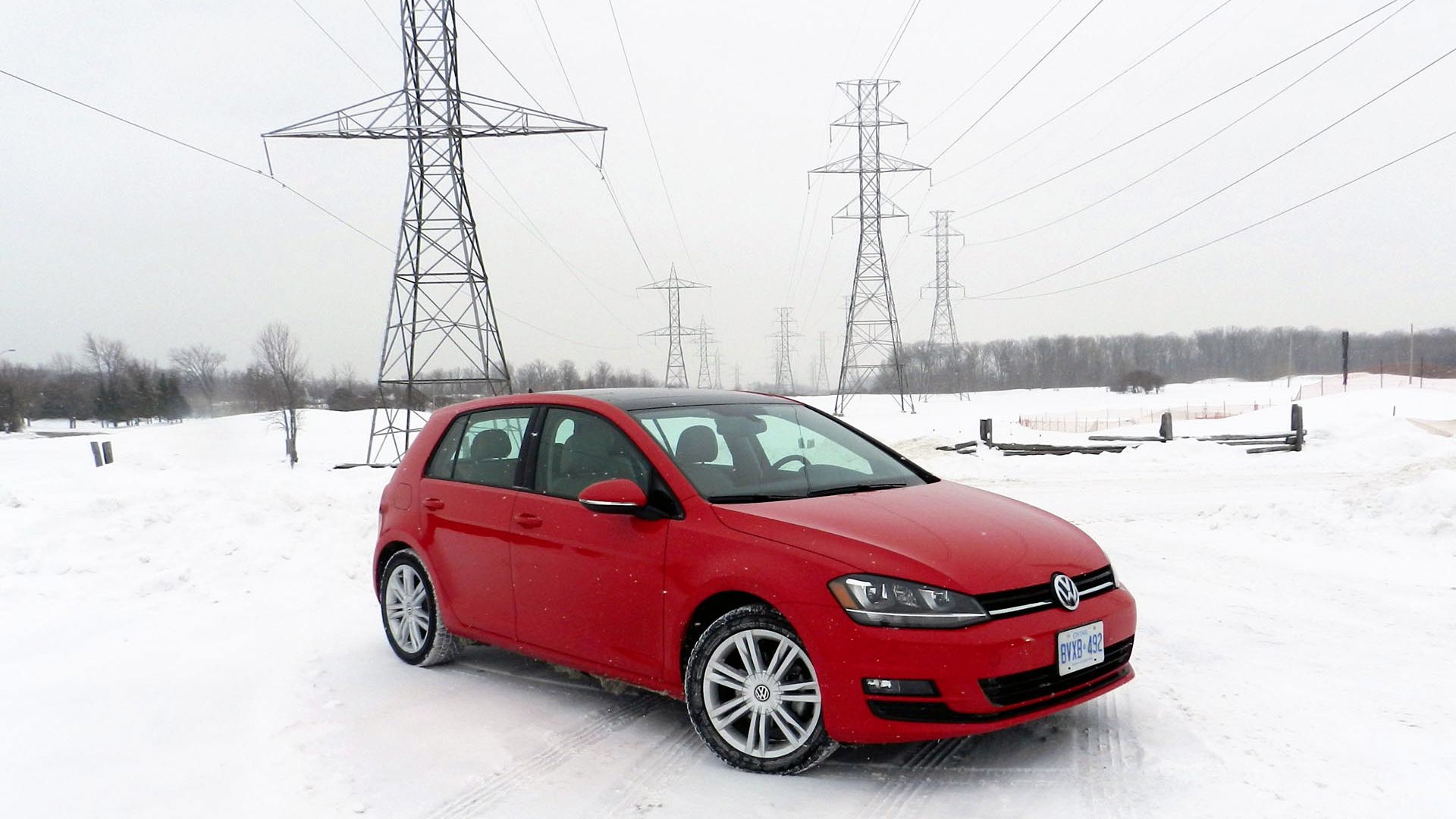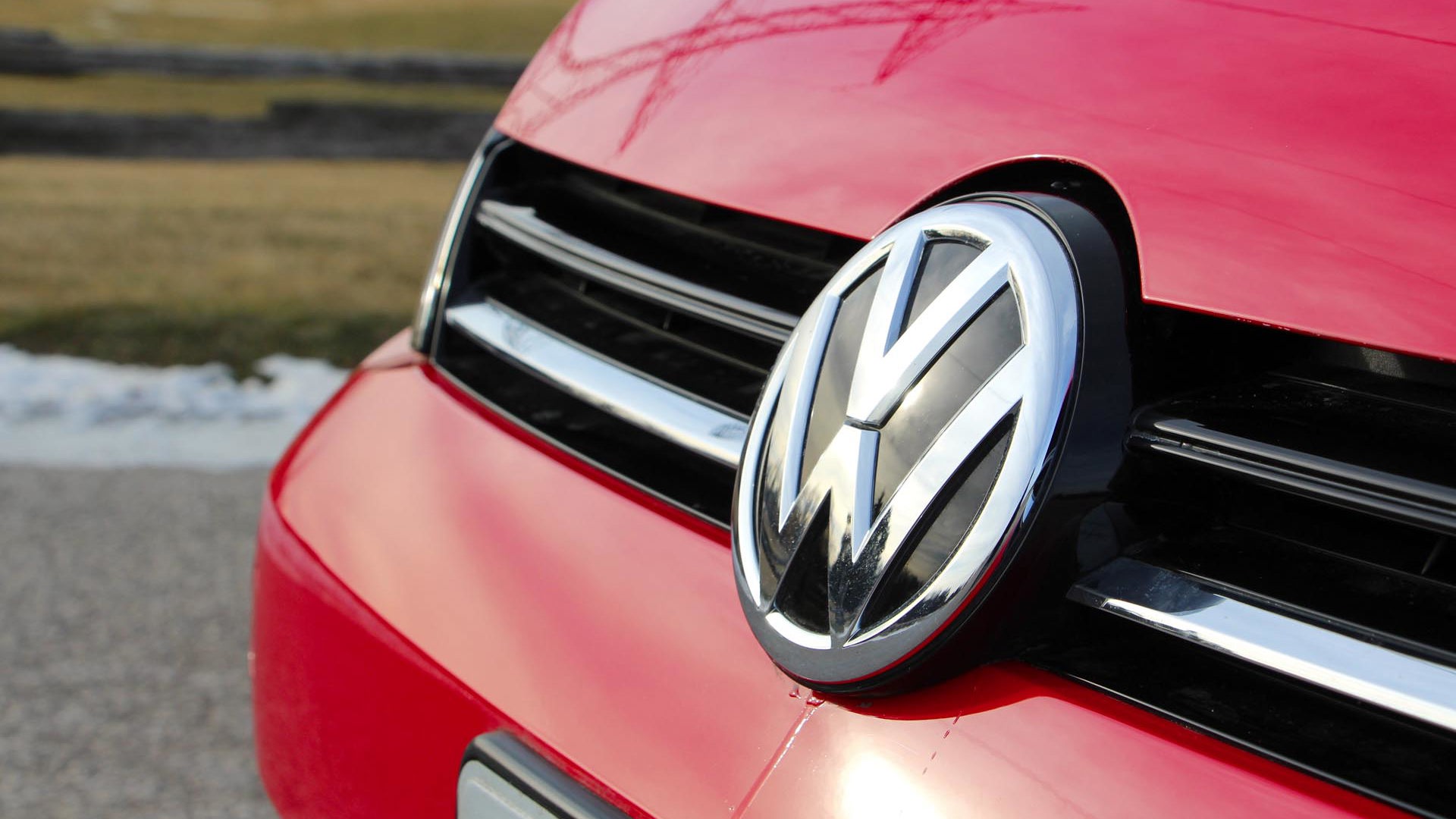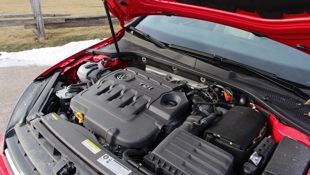Odometer at pick-up (TDI): 4,072 km
For years, now, the popular refrain has always been that we would take our compact wagon or hatchback in torquey diesel form, but these days, the answer is not so simple anymore.
Odometer final (TDI): 6,181 km (2,104 km by autoTRADER)
Observed Fuel Consumption TDI: 6.8 L/100 km
Fuel costs (TDI): $151.66
Fuel costs (Total): $396.64
To diesel, or not to diesel, that is the question. For years, now, the popular refrain has always been that we would take our compact wagon or hatchback in torquey diesel form, but these days, the answer is not so simple anymore. Diesel engines still deliver a significant fuel economy and torque advantage over gasoline counterparts of similar size and design, but the differences are shrinking, and the roller coaster fuel prices make estimating costs a moving target on a slippery slope, and I’m no good at horseshoes.
The TDI has come and gone, and we barely put a dent on its odometer, at least as far as our habits go, with a month of typical commuting and city driving, and unfortunately nothing to really stretch this efficient little diesel’s legs on a long highway cruise. Surprisingly, that is no longer the TDI’s big advantage. EPA estimates for the automatic-equipped Golfs have the combined mileage at 6.5 L/100 km for the TDI and 8.1 for the 1.8 TSI; highway consumption is a mere 1.0 L/100 km different, 5.5 to 6.5, but the city rating is 7.6 to 9.5, almost two whole L/100 km better.
Our results stayed pretty close the EPA figures, the 1.8T manual managing 8.1 L/100 km over 3,000 km, with at least 1,200 of those highway cruising, while the TDI was returned with over 2,000 km at a thrifty 6.8 L/100 km (thrifty for the very cold weather, snowy conditions and city driving it faced for much of its time with us).
In pure fuel costs, it was 8.0¢/km for the gasoline turbo, 7.2¢/km for the turbodiesel. Over 24,000 km per year, that would be $1,920 in fuel for the gas engine, $1,730 to fuel the TDI. And now to completely invalidate any conclusion you might draw from these calculations, these figures are based on shockingly low gasoline and diesel prices, gasoline at its lowest cost in years, dipping as low as 81.9¢/L in Brampton during its weeks with us, and diesel $1.059/L at its last fill-up. The EPA ballparks the difference between equivalent transmissions at about $50 (that using generally lower US fuel prices), while Transport Canada suggests that there might be over $300 difference in fueling costs. Throw in the occasional refilling of the AdBlue urea liquid, which can cost as little as that $50 difference. In other words, your mileage fuel costs may vary.
From the beginning: 2015 Volkswagen Golf Long-Term Test: Arrival | Update 1 | Update 2 | Wrap-Up
Of course, fuel is not the only cost of ownership, and Edmunds.com suggests that the cost of ownership will be several thousands higher for the gas model, factoring in depreciation, taxes, fuel, insurance and maintenance, most of the difference from insurance rates, so depending on insurance variable in your area, the difference may be negligible.
Overall, typical wear parts and maintenance costs will vary more by your service location than between gas and TDI models, which share many common parts outside the powertrain.
But enough of this gibberish, all things being otherwise equal, is the TDI worth the $2,500 premium over an equivalent 1.8T? In pure fuel savings, likely not, so how about pure performance? The TDI’s 236 lb-ft sound good on paper over the 200 in the 1.8T, but the horsepower deficit (150 to the 1.8T’s 170) means it is not as responsive – on the highway or even around town if you aren’t shy about using second and third gears to their full potential. And with a manual transmission in the 1.8T we sampled, power felt a little sharper and felt that much more natural winding up the engine.
So there you have it, an automotive writer choosing a gas engine over the diesel. Sacrilege, but for me at least, it seems that the student has eclipsed the master. For every individual, there may be other factors, but $2,500 is a lot of cheddar, enough to opt for the Convenience or Multimedia package depending on preferences, or perhaps a sport suspension kit with a wheel upgrade.
That wheel upgrade would be a natural, as the Golf’s handling really comes into its own with the 17-inch wheels of the Highline trim, noticed even by one of our colleagues, who noted: “It was fun to drive, with good road handling in my opinion… Good handling on the highway, decent pickup when passing.” This coming from the owner of a 2014 Passat TDI, who appreciated the placement of the phone charging port in the cubby ahead of the shifter rather than in the armrest. However, being a Passat owner, he found the Golf too small for his tastes, and sees greater value in the Passat’s larger size over the baubles of the Highline trim, and seeing the Golf as more of a city car than a suburban commuter. He must have a much bigger driveway than me.
In other areas, the diesel runs so smoothly on any but the coldest of days, and the direct-injected 1.8T serving up some of the same gruffness normally reserved for diesels, that it’s a wash in the refinement department. That being said, the Highline trim of our TDI had the upgraded seats with slightly deeper bolstering and more pronounced contours, so they were a welcome addition and having experienced them, make that high trim a tempting proposition.
However, the Highline trim (in gas or diesel powertrains) is a shocking $5,600 more than the Comfortline, though in fairness, part of that is the $1,695 Convenience package with auto headlights, climate control, panoramic sunroof and more, which are standard fare in the Highline. Also standard on the Highline are 17-inch wheels, ambient lighting, keyless proximity entry and start, the aforementioned 12-way power seats, leather seating and upgraded trim. For my money, I’d give up those wonderful seats and stick with the Comfortline – the seats proved just fine for long-distance travel and general comfort, and I’m not one to fuss about a sunroof or leather.
If I was spending north of $30K on a Golf, it would be in the form of the GTI, when we have had in our office now for a brief period, and it is even better than I remember from my First Drive in the hills outside San Francisco or dominating in our Everyday Fun Comparison. To me the Golf is just the right size, enough room for the kids in the back, a useful hatch rather than a challenging trunk opening, and a small car’s easy maneuverability with large car feel on the highway. The GTI dials it up with power to spare – to me, 200 hp and 200 lb-ft have always been sufficient for good fun in a compact, and the GTI’s 258 lb-ft are just a blast, and amazingly well managed even though routed exclusively to the front wheels, something that those hot hatches approaching 300 lb-ft have found challenging.
I’ll leave more room to fawn and gush over the GTI in our final wrap-up, but before then, Jacob will weight in on the Golf TDI vs the only other diesel competitor in the compact segment, which we put through a quick comparison.
Pricing: 2015 Volkswagen Golf
Base Price (5-door Trendline TDI): $23,095
Base Price (5-door Highline TDI DSG): $32,395
Options: $2,195 (Multimedia Package: adaptive bi-xenon headlights, 5.8-inch touchscreen media system with satellite navigation, Fender 8-speaker premium audio, LED signature DRLs)
A/C Tax: $100
Freight and PDI: $1,395
Price as Tested: $36,085
| Warranty: 4 years/80,000 km; 5 years/100,000 km Powertrain; 12 years/unlimited distance corrosion perforation; 4 years/80,000 km 24-hour roadside assistance Competitors: |



























